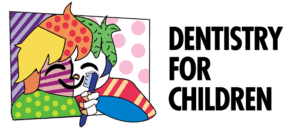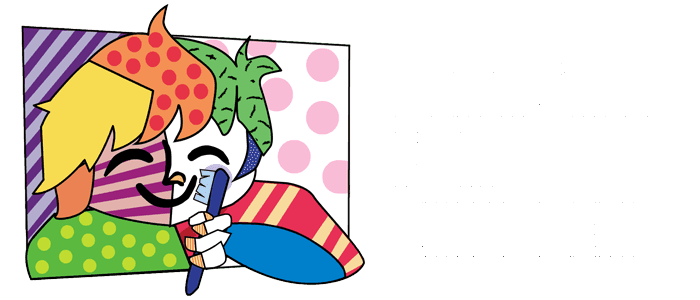Good oral hygiene starts early. It’s important to establish brushing and flossing as a part of your child’s day. Of course when your child is a small toddler, you’re going to be doing a lot of the work yourself.
But while children usually catch on to proper brushing techniques well, flossing is another matter. It’s more difficult technique for those small hands to master.
Dentistry for Children – Dr. Maryam Sina & Associates, located in Henderson and Las Vegas, NV, is your partner in helping to establish your child’s oral hygiene habits. Board-certified Dr. Maryam Sina specializes in individualized dental care for infants, children, and teens.
When should my child start to floss?
Experts recommend that when two teeth touch each other, it’s time to floss. This usually occurs around age two or three. At that age, you’ll have to take the lead.
You’ll cede more of the job as your child develops motor skills that can handle the task. Using dental floss pics may be a good answer at this age, as your toddler may not like having your fingers invade his mouth.
When should my child be able to floss on his own?
The average age children begin to floss on their own is usually between seven and 10 years old. You’ll still need to supervise until the upper end of that range; at that point your child should be flossing adequately.
How do I motivate my child to want to floss?
Establishing a daily routine is helpful in keeping kids on track. They thrive in a stable environment. Flossing at night before bed is an important habit to start early. Also, getting a clean bill of health and no drilling or filling each time they go to the dentist should motivate them enough to keep going with the routine.
The following are some additional tips to help your child make flossing part of his day:
Provide choices of flossing material
You might want to purchase two types of child-friendly floss and have your child try both of them to see which works better. Having the ability to make a choice helps establish self-efficiency and buy-in to the flossing process. The same advice goes for brushing. Which soft toothbrush feels better?
Establish a reward
If you already use a chart for chores such as picking up toys, add brushing and flossing as two separate activities, so your child can check each one off when he’s done. If your child has a check or star for each day, be sure to provide an incentive for the behavior to continue; for example, he gets to watch his favorite cartoon the next morning.
Make brushing and flossing a fun activity
If your child has a favorite song, play the song as he brushes and flosses. Over the years, you’ll learn about your child’s favorite music, and it may establish a bond between you. Plus, your child is going to have the positive memory of brushing and flossing to all of those wonderful songs.
Brush and floss along with your child
You can brush and floss your teeth at the same time as your child. You are a powerful role model for your child. When he sees you do it, he’ll usually want to do it, too.
For expert, compassionate dental care for your child, and to learn how to actively engage him in the brushing and flossing processes, call us at one of our locations to schedule an appointment or fill out our online form.


